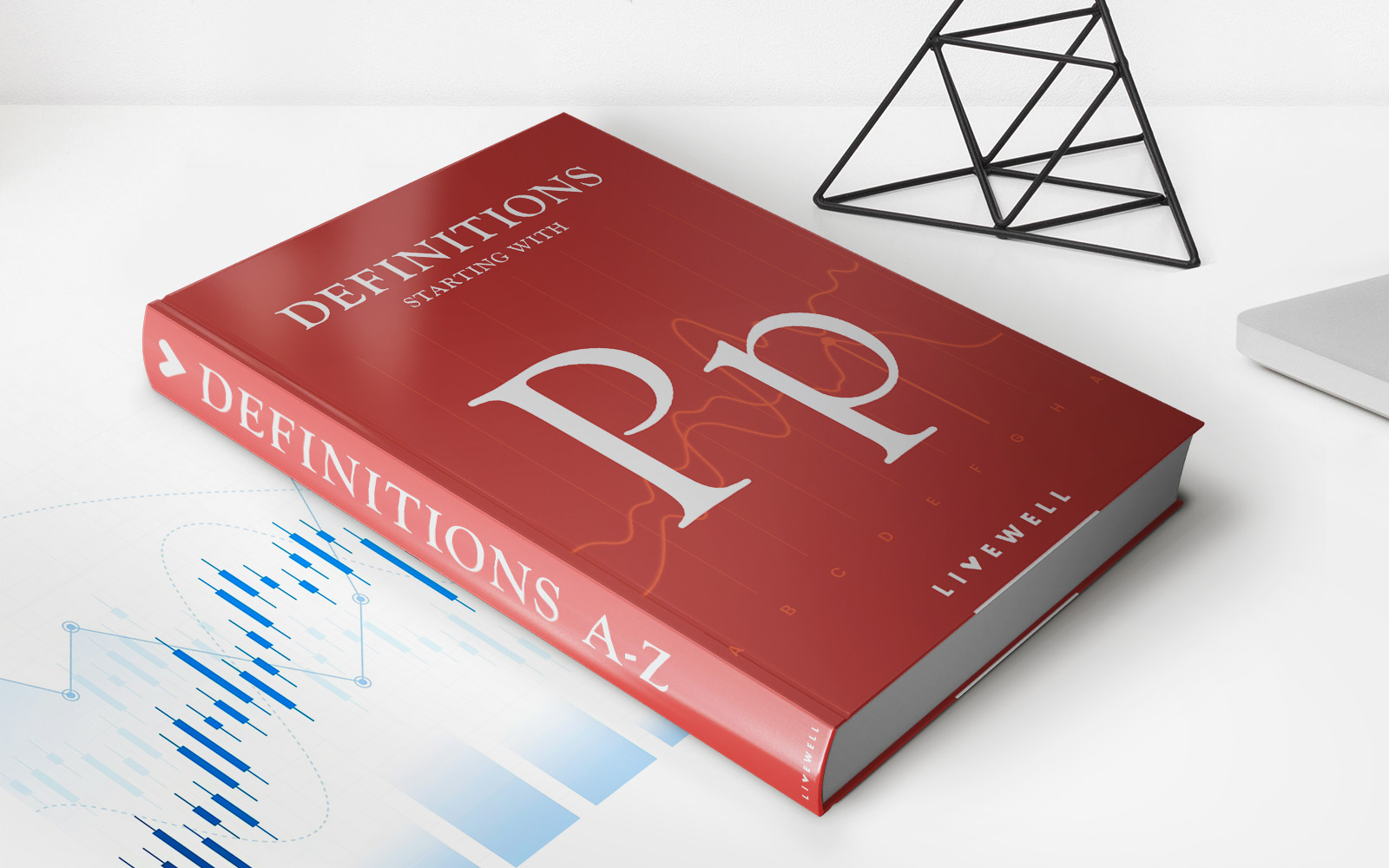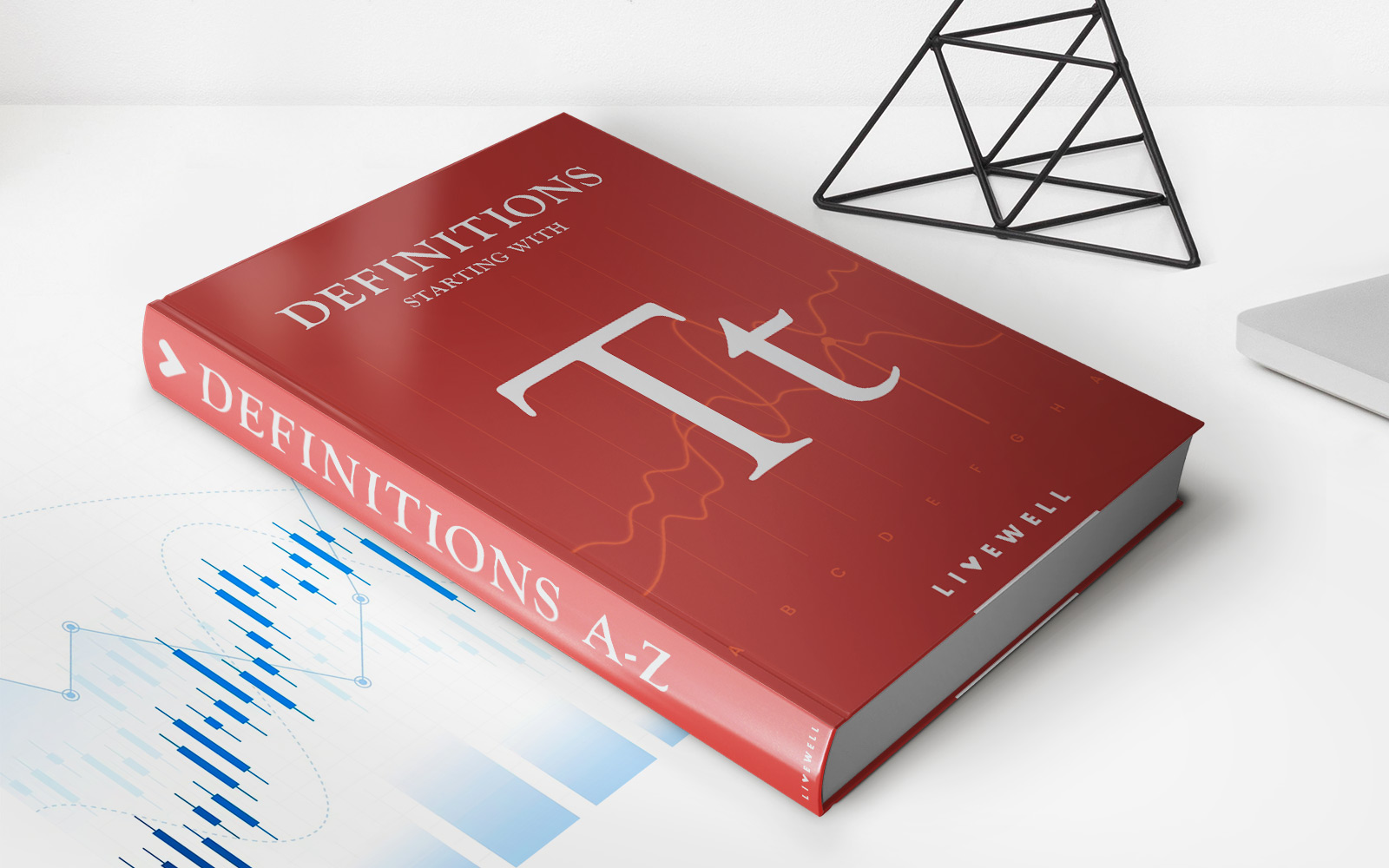Home>Finance>What Is An SEC Fee? Definition, Rate, How It Works, And Example


Finance
What Is An SEC Fee? Definition, Rate, How It Works, And Example
Published: January 24, 2024
Learn about SEC fees in finance, including their definition, rate, how they work, and see examples. Gain a clear understanding of these fees in the finance industry.
(Many of the links in this article redirect to a specific reviewed product. Your purchase of these products through affiliate links helps to generate commission for LiveWell, at no extra cost. Learn more)
Understanding SEC Fees in Finance
When it comes to navigating the world of finance, it’s important to understand the various fees and costs that may arise. One such fee is the SEC fee. If you’ve ever wondered, “What is an SEC fee?” or wanted to understand how it works, you’ve come to the right place. In this blog post, we’ll break down the definition, rate, how it works, and provide an example to help demystify the SEC fee.
Key Takeaways:
- The SEC fee is a regulatory fee that is charged to facilitate the oversight and enforcement activities of the Securities and Exchange Commission (SEC).
- The fee is calculated as a percentage of the total dollar amount of securities sold, with a maximum rate set by the SEC.
What is an SEC Fee?
An SEC fee, short for Securities and Exchange Commission fee, is a regulatory fee charged to help fund the activities and operations of the SEC. The SEC is a governmental agency responsible for protecting investors, promoting fair and efficient markets, and maintaining market integrity. The fee is designed to cover the costs associated with the oversight and enforcement activities carried out by the SEC.
How Does the SEC Fee Work?
The SEC fee is calculated as a percentage of the total dollar amount of securities sold. Currently, the SEC fee rate is $22.10 per million dollars of securities sold. This means that for every million dollars of securities sold, a fee of $22.10 is assessed. The fee is typically collected by the brokerage firm or financial institution involved in the transaction and is passed on to the investor or trader.
It’s important to note that the maximum SEC fee rate is set by the SEC and is subject to change. The fee rate may vary depending on the type of securities being sold or traded, such as stocks, options, or futures.
An Example of SEC Fees
Let’s take a hypothetical example to illustrate how SEC fees are calculated. Suppose an investor sells $1 million worth of stock. With the current SEC fee rate of $22.10 per million dollars, the investor would be liable for an SEC fee of $22.10.
Now, let’s say the investor sells $3 million worth of stock. In this case, the SEC fee would be calculated as follows:
- $1 million * $22.10 = $22.10
- $2 million * $22.10 = $44.20
- Total SEC Fee: $22.10 + $44.20 = $66.30
Thus, the SEC fee for selling $3 million worth of stock would amount to $66.30.
Final Thoughts
Now that you have a better understanding of what an SEC fee is, how it is calculated, and an example to illustrate its application, you are better equipped to navigate the world of finance. Remember, the SEC fee is just one of the many costs associated with investing and trading securities. It is essential to consider all fees and expenses when managing your finances, and consult with a financial advisor if needed.














